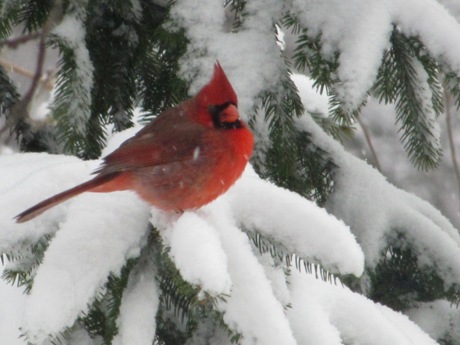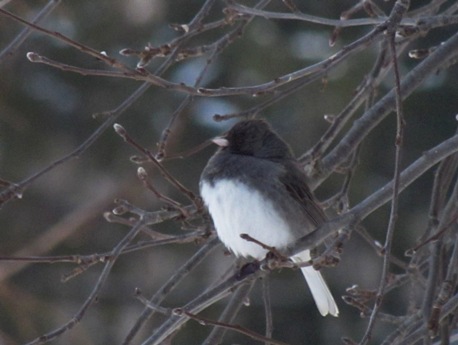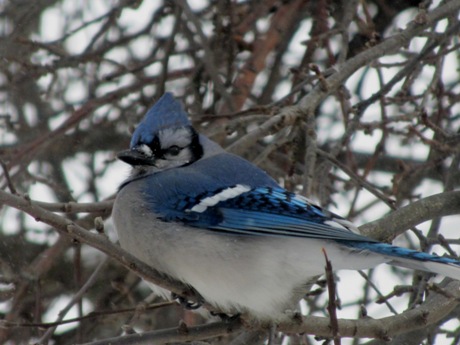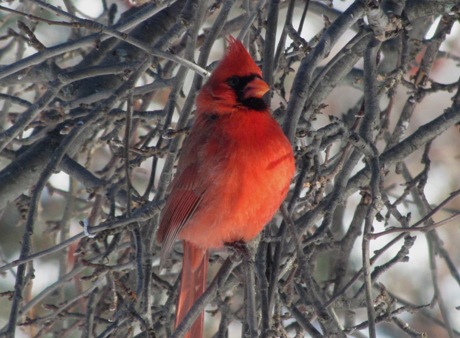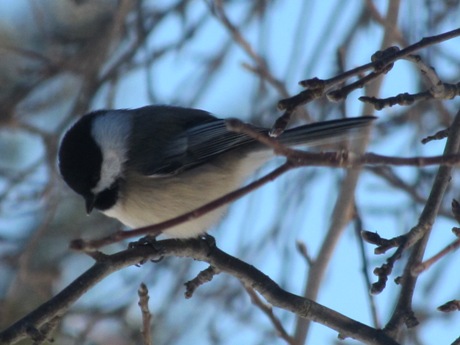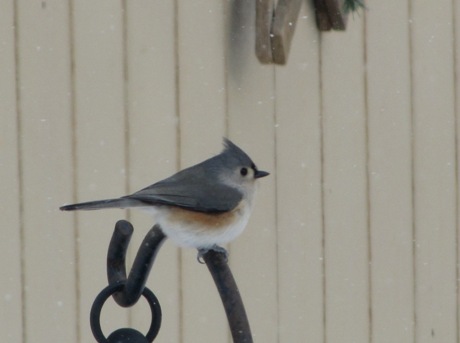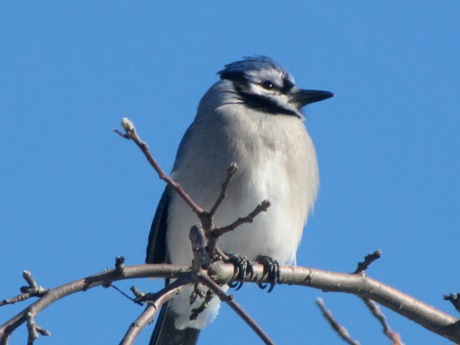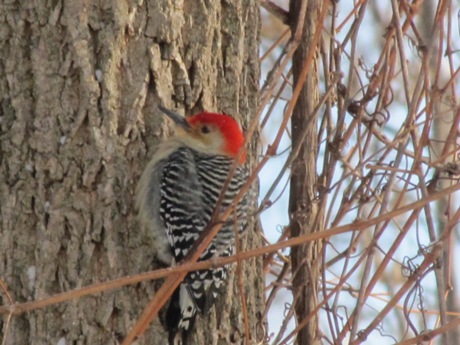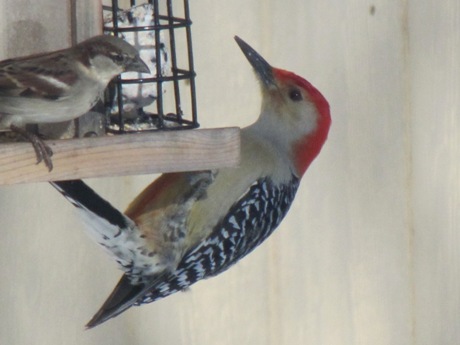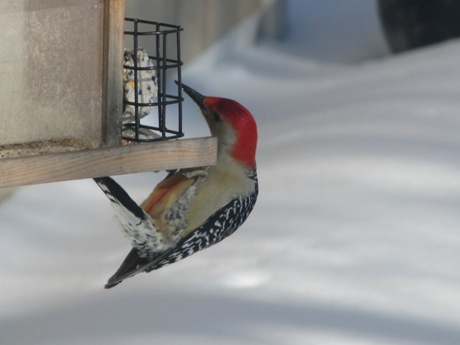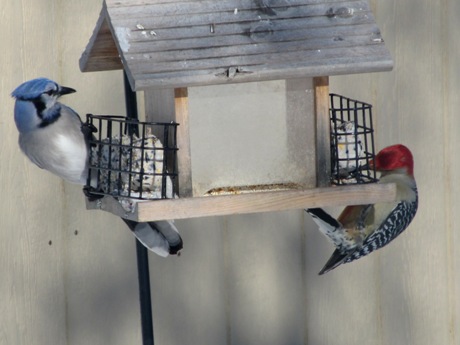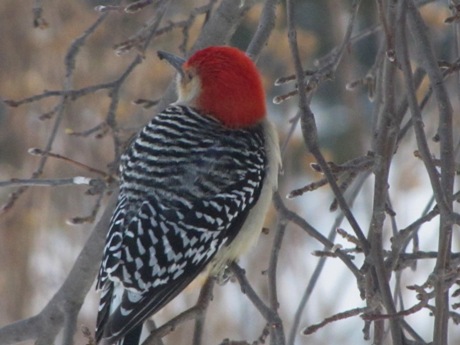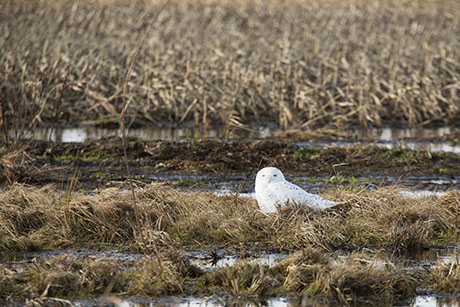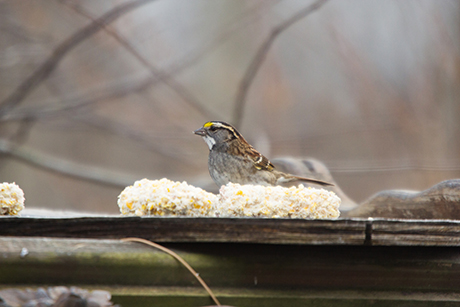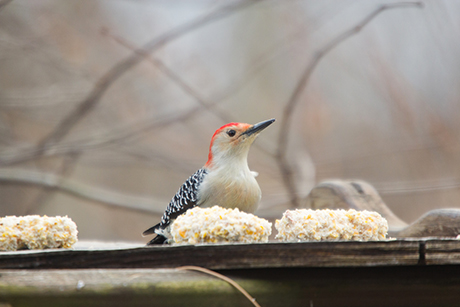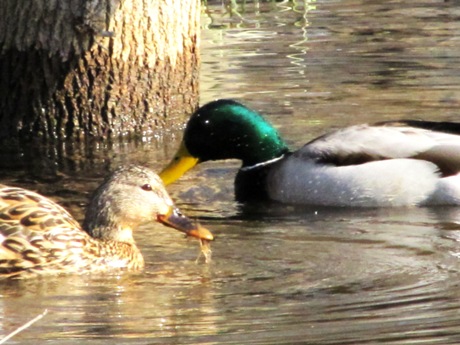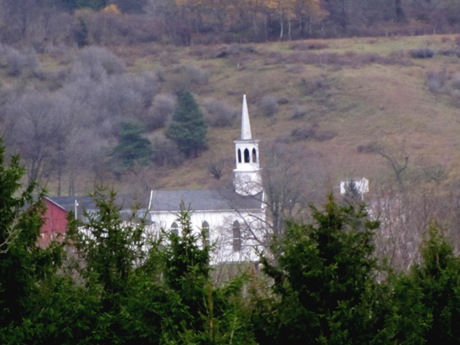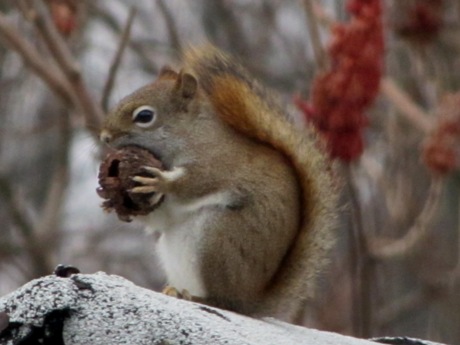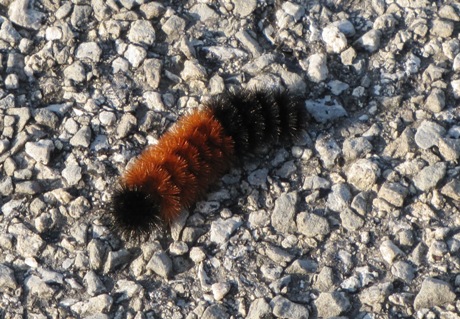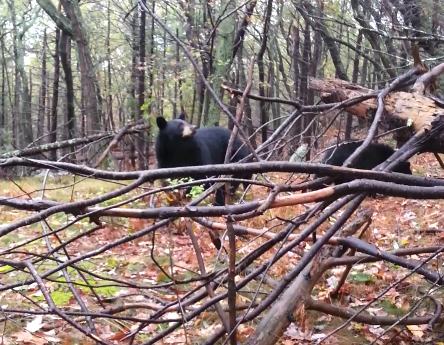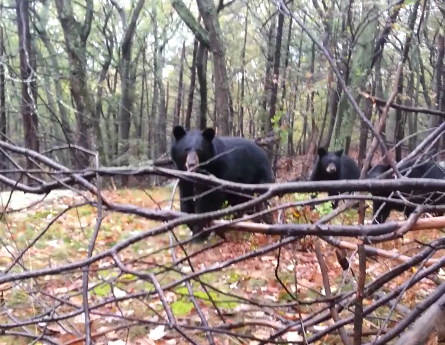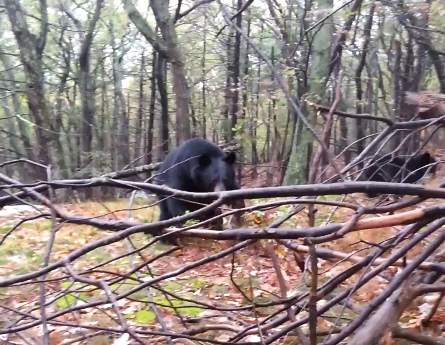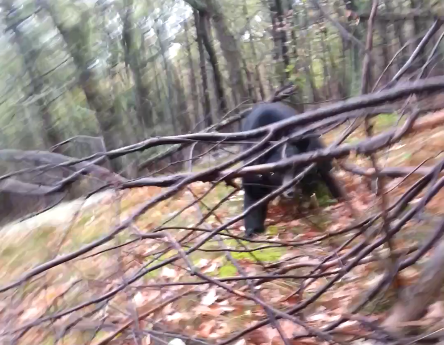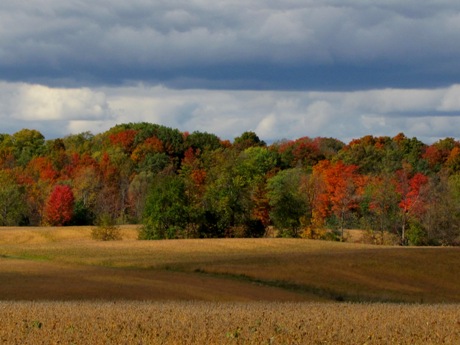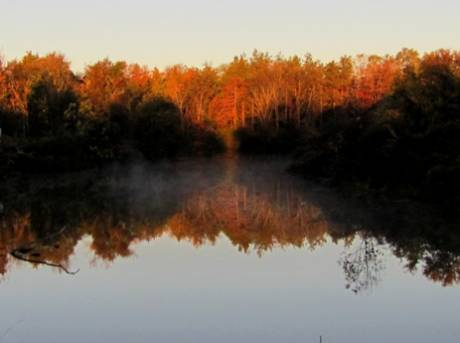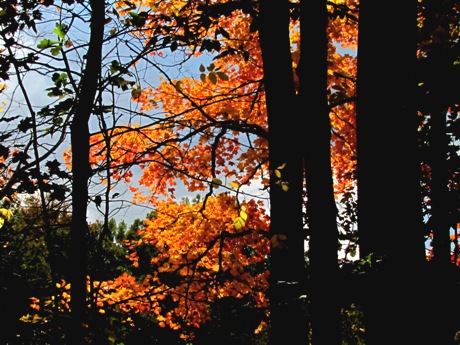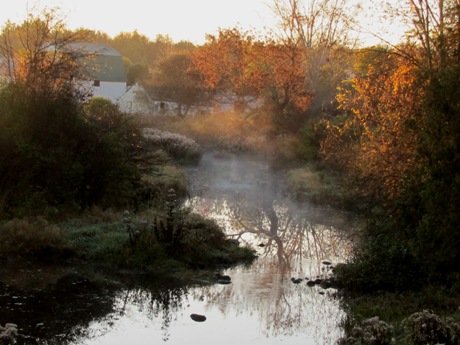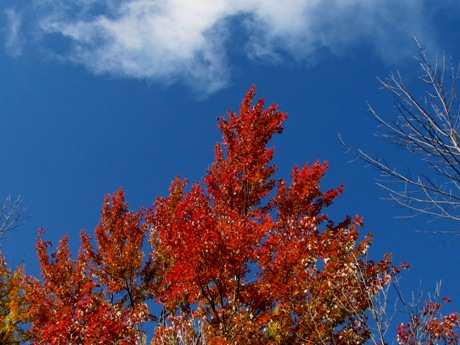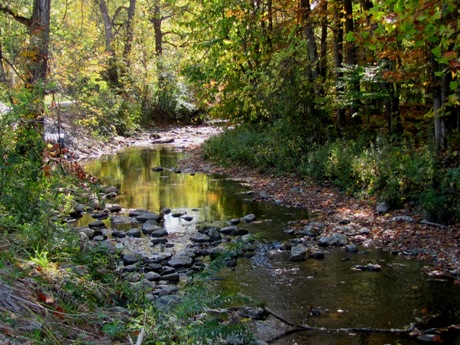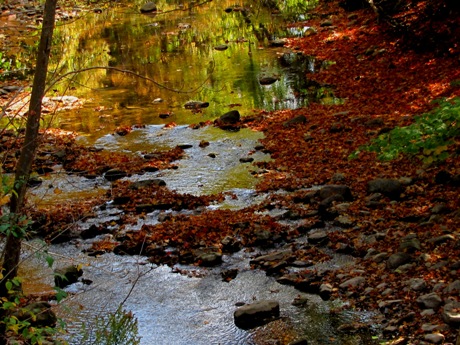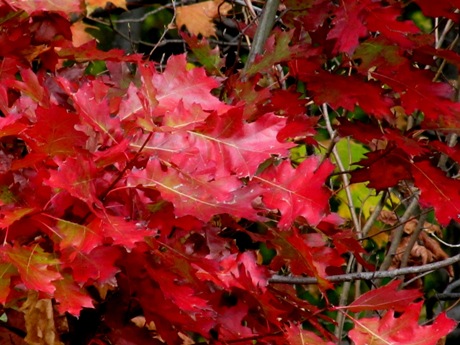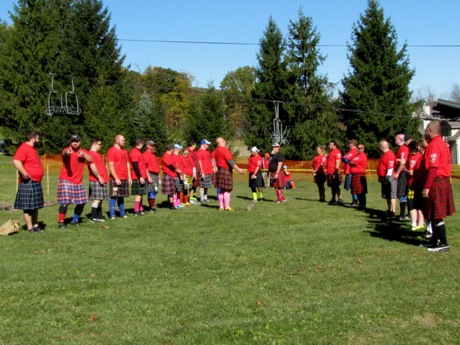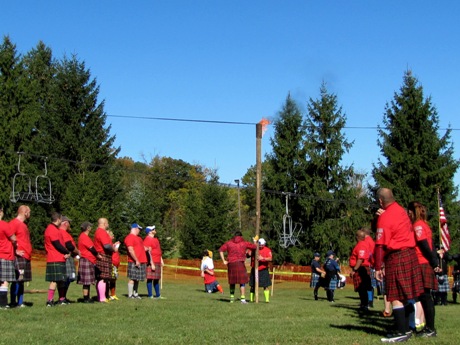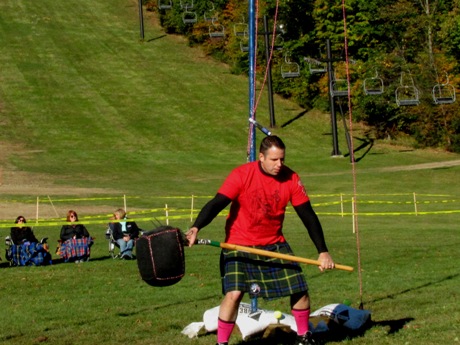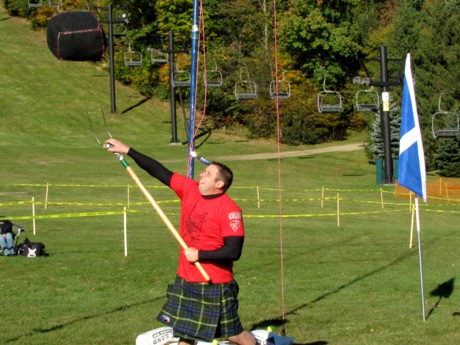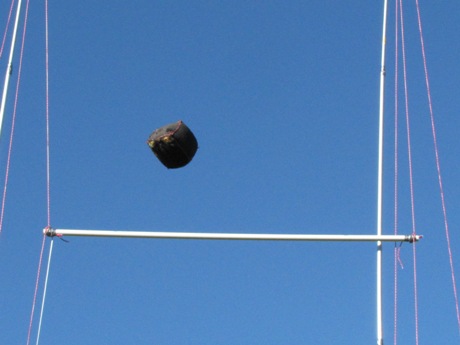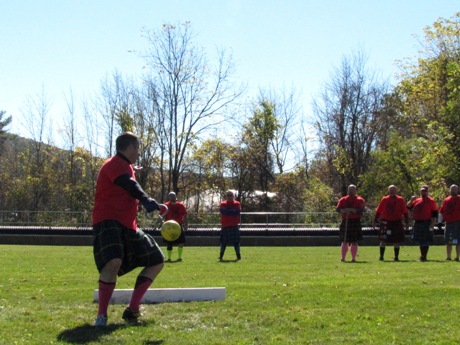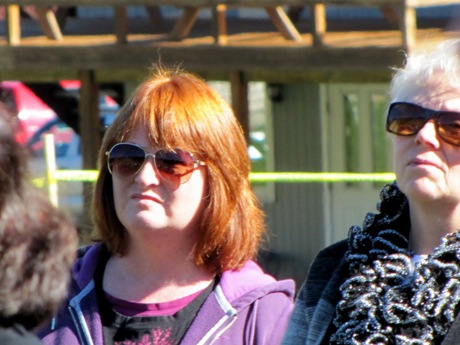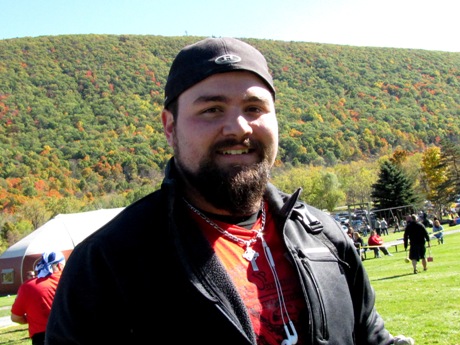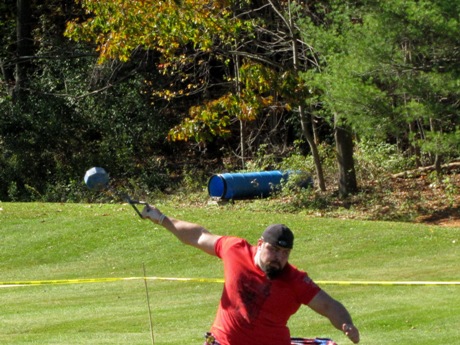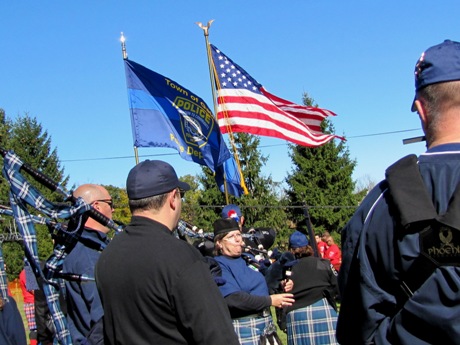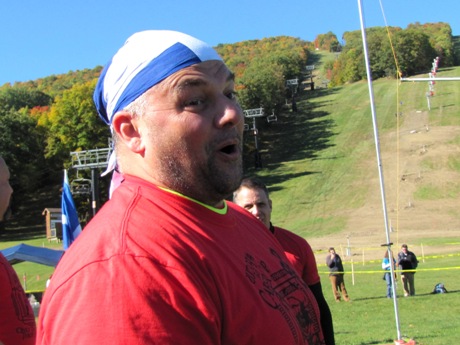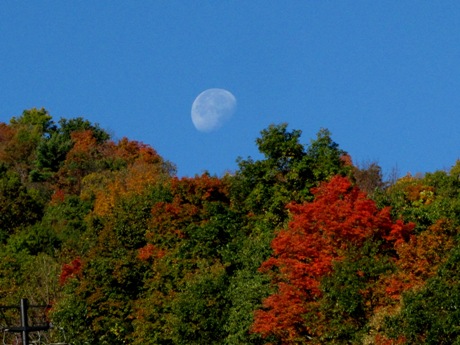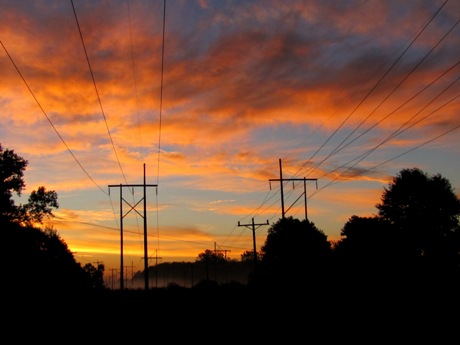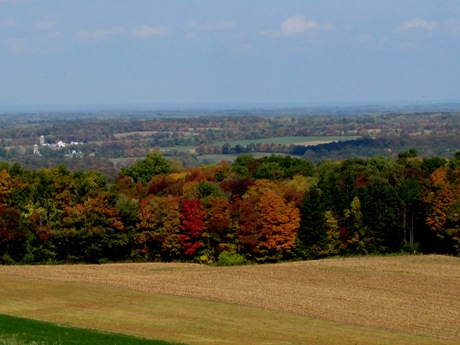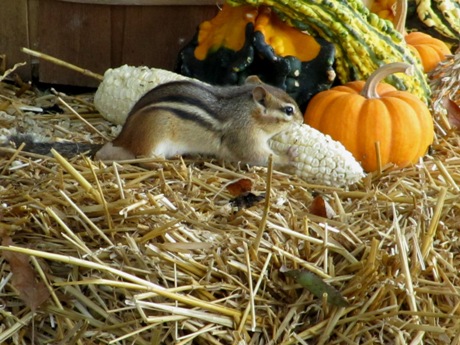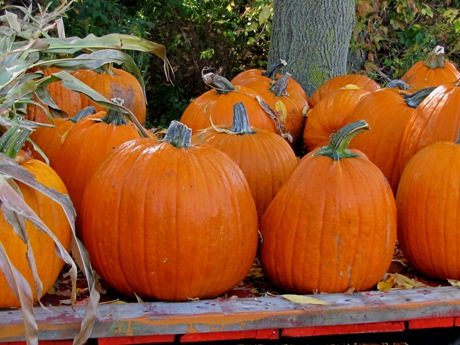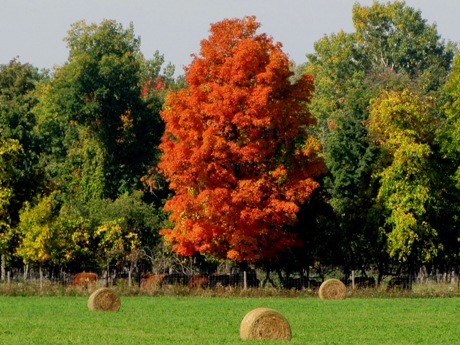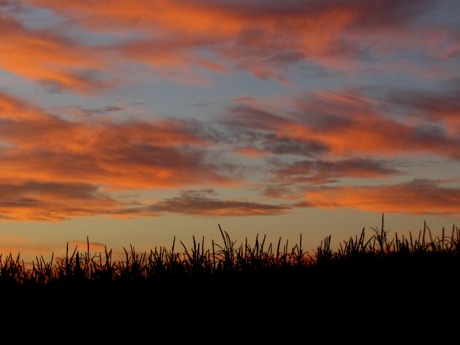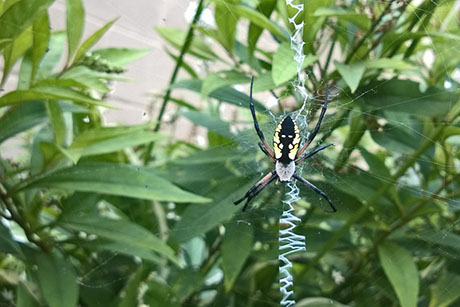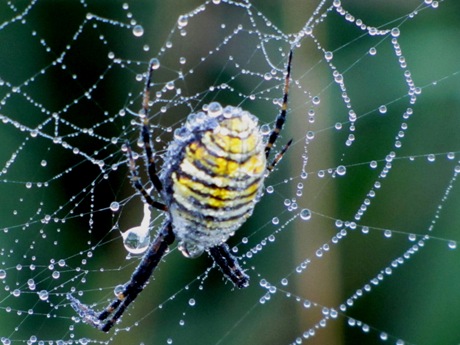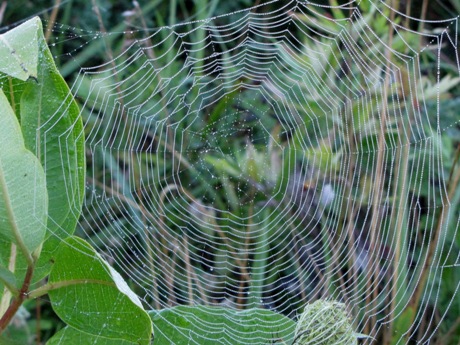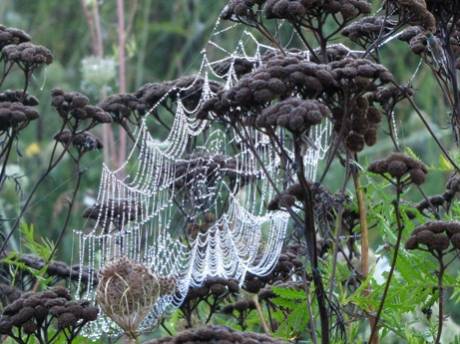Frankie's RocknGirl: a standardbred foal who went toe to toe with Old Man Winter
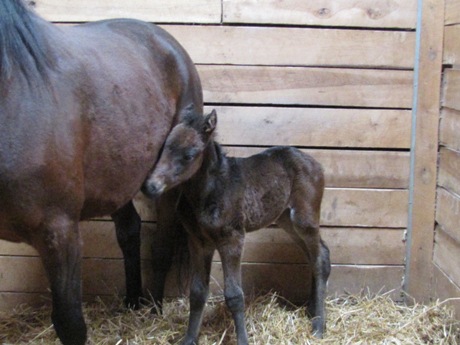
Life for Frankie's RocknGirl began on a frigid, if not inauspicious note. She made her entrance into the world at the Goodwin Farm in Byron in the wee hours of February 28th, the last day of what was the coldest month on record in Western New York. The air temperature outside the barn was 1 degree Fahrenheit. But no problem there -- within the hour the newborn filly was standing alongside her mom, Azorean Sky.

In addition to the foal's mom, there was plenty more TLC support despite the early hour. Keith and Karen Goodwin, owners and operators of Goodwin Farm, were there to make things as comfortable as possible for both mom and her foal. Besides a thick matting of fresh straw in her stall, Keith Goodwin had placed a space heater nearby to combat the frigid night air.

Batavian Shelley Falitico arrived shortly after the newborn's arrival. She and her husband, Paul, are the owners of Azorean Sky, a 6-year-old standardbred broodmare who once held her own on the racetrack.
"Sky" had a successful year as a 3 year old," she said. "The reason we decided to breed her was because of her lineage. Her father was named Horse of the Year in 2005 by the Harness Writers Associaton."
Shelley was referring to Azorean Sky's sire, RocknRoll Hanover, who was also named Pacer of the Year and 3-Year-Old Colt Pacer of the Year. Among his 12 wins that year were the Meadowlands Pace, the Breeders Crown and the North America Cup, making him only the second horse to sweep all three of those prestigious races. He was a powerhouse that year, most notably in the Meadowlands Pace when he covered the mile in a blistering 1:48.3.
Though they've been involved with standardbred horse racing for a number of years, this is the first time the Faliticos have bred one of their horses. And rather than go the route of the professional horse breeder, they opted for the "home bred" method of fertility.

Since they have boarded all of their standardbreds at the Goodwin Farm, the Faliticos spoke about their plans with Keith and Karen Goodwin who have a combined 75-plus years in standardbred horse care.
"They have been completely on board with us and have provided outstanding care," Shelley said. "So when we decided to breed 'Sky' I researched New York State stallions eligible for breeding last year and 'hypo-matched' to see what would be a good breeding match for her."
A couple of potentially good matches caught her eye and she and Paul selected Village Jove who was standing at Winbak Farms.
She added, "By breeding Sky with Village Jove, the foal would be eligible for Sires Stakes when she made it to the race circuit."
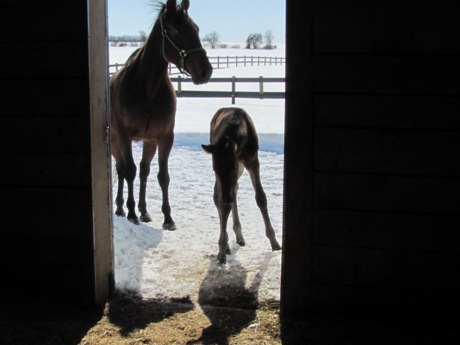
(Above, "Frankie" seems to have discovered her shadow.)
Shelley Falitico's own father, the late Frankie Scanlon, has already figured prominently in the foal's life. The foal is obviously his namesake and the sire, Village Jove, was chosen not only for his blood line, but because he and Shelley's dad shared the same birthday.

A rather sad twist to this story is the fact that both sires involved, RocknRoll Hanover and Village Jove, passed away unexpectedly in recent years, 2013 and 2014, respectively. This makes Frankie's RocknGirl a unique kind of filly, one whose mold has been broken.

So what does the future hold for this standardbred filly? Well, for starters they already have a trainer lined up. Jim Mulcahy has trained the Faliticos' horses for the past nine years and will continue in that capacity.
"He's the reason we got into harness horse ownership," Shelley concluded.

While it's way too early to predict what's in store for Frankie's RocknGirl, aren't hopes and dreams what help to make life bearable? Then too, there is her lineage, such magnificent blood lines going back decades to the likes of Most Happy Fella and Meadow Skipper. More than that, I can't help pondering the fact that she came into the world on a night befitting neither man nor beast. That being said, I'm thinking that maybe, just maybe, she's going to be a hardy sort, a filly with a whole lot of heart -- a filly who can give the boys a run for their money.

